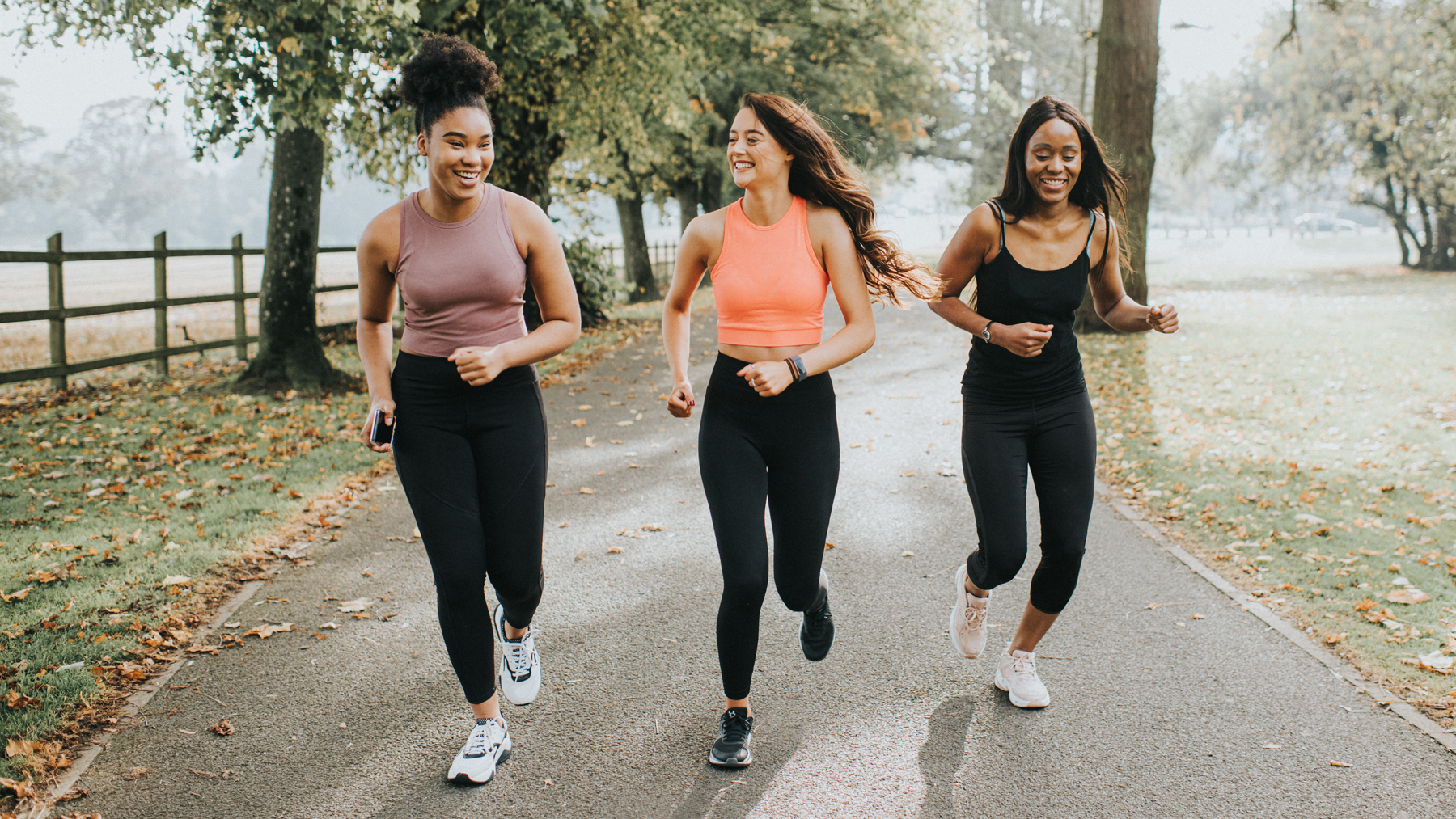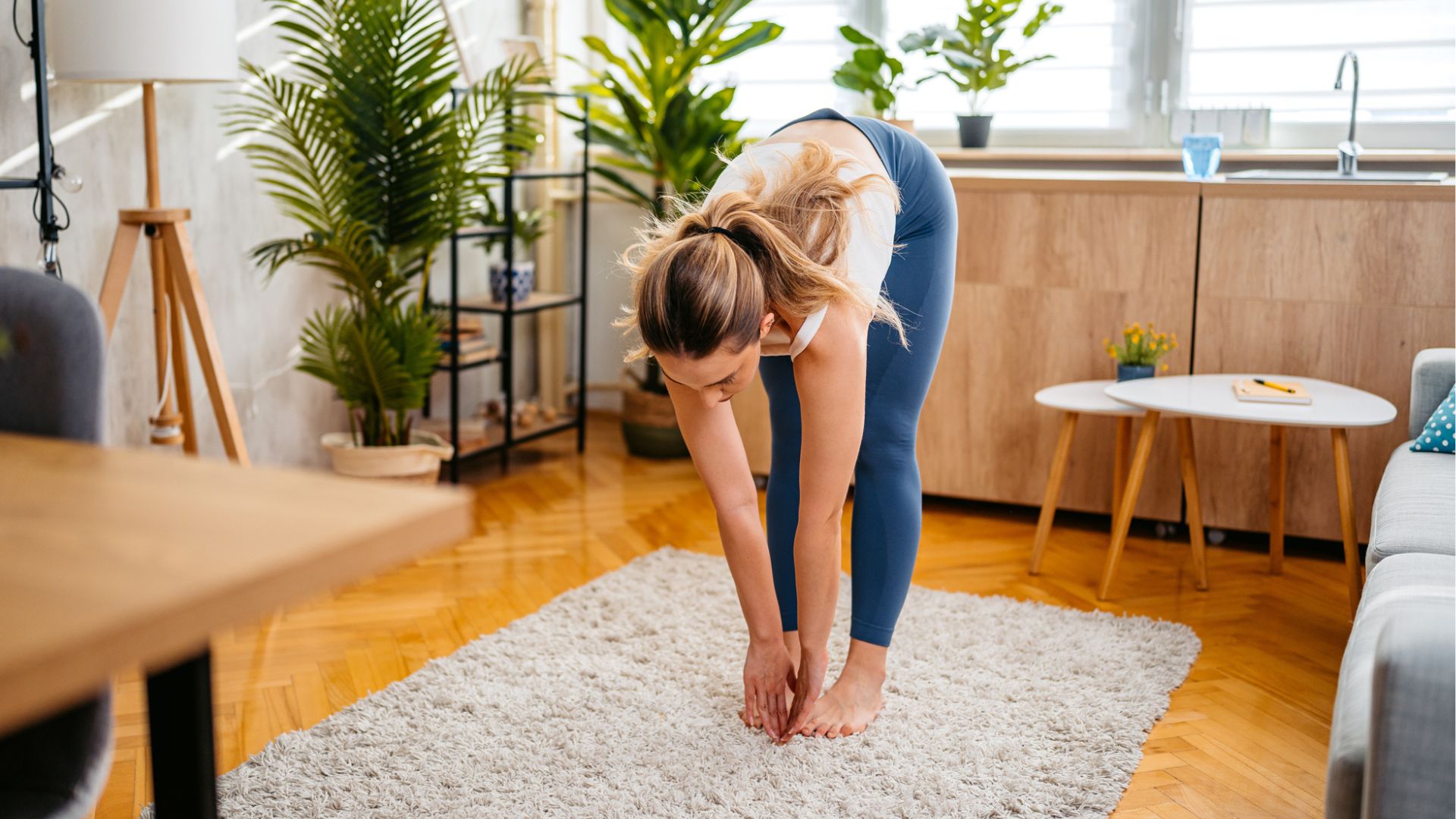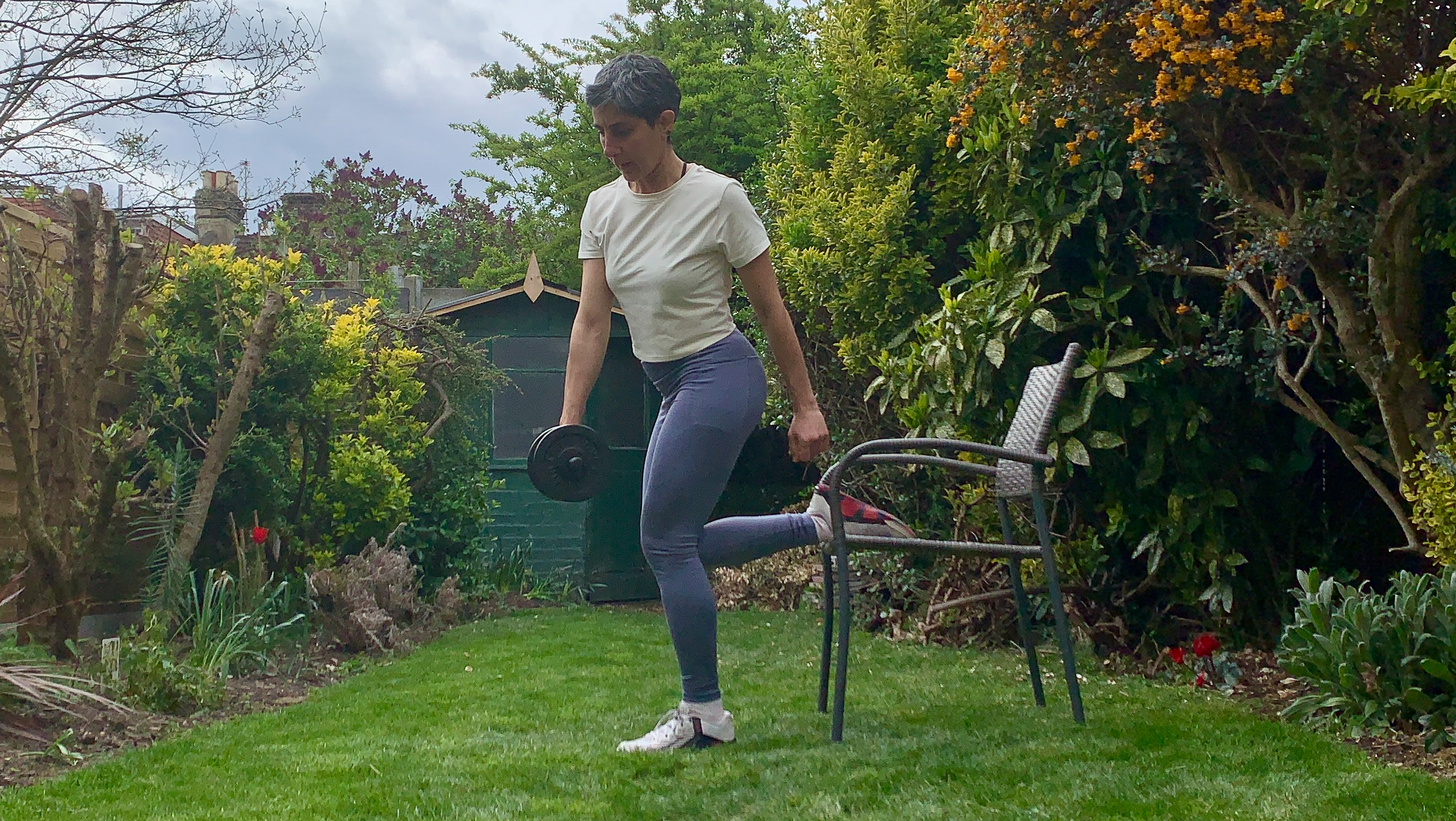What is the difference between aerobic and anaerobic exercise?
What is the difference between aerobic and anaerobic exercise? We speak to a fitness expert who lays down what the difference is between the two

What is the difference between aerobic and anaerobic exercise? Even the biggest fitness fanatics ask this. That’s right, some with years of training experience don’t understand exactly what the terms mean. On the flip side, if you only dip your toes in the world of fitness occasionally, you’ll probably still have heard the terms aerobic and anaerobic exercise being thrown around.
This is because many PTs and fitness studio instructors often use technical jargon to explain workouts, even when the meaning isn’t clear for everyone. We see it happen time and time again, and many clients go along pretending to understand what they’re talking about in fear they might look a bit silly. Knowing the difference, however, can be really useful, just as much as knowing which shoes you should wear during these types of exercises. Our best cross-training shoes buying guide will help you there, by the way.
So, if you’re looking to find out what the difference between aerobic and anaerobic exercise really is, look no further. In this article, we speak with Charlotte Tooth, global fitness instructor and founder of Body Bond Online, to uncover what the real meaning is behind the two technical terms so you know once and for all. No more blank expressions. Phew.

Founder of BodyBond Online, Charlotte Tooth is a personal trainer who has worked with an array of high-profile celebrities, professional sports people, and training enthusiasts. She has been featured in publications including Women’s Health, The Marylebone Journal, Boots UK, and Vogue. Charlotte continues to guest teach all over the UK, leading classes for Sweaty Betty Live, TRX UK Summit, Body Power Expo, and Harrods exclusive in-store events.
What are the differences between aerobic and anaerobic exercise?
While cardiovascular training is any form of exercise designed to improve cardiovascular fitness (how well your heart, lungs, and blood vessels work), Tooth explains that aerobic and anaerobic exercises fit within this as simple terms that we use to describe how the cells within the body produce energy during exercise.
“Put simply, aerobic means with oxygen, and anaerobic means without oxygen. Think about when you go for a brisk walk - something you could do for 1-3 hours,” she explains, adding that this would be considered aerobic as your body can continue to use oxygen.
“When you have to sprint to catch a bus or run to catch a ball a few meters away, you are probably training anaerobically.”
Tooth adds that it’s important to note that the two energy systems do not work independently. In fact, they interact with each other to meet the energy demands needed.
Get the Fit&Well Newsletter
Start your week with achievable workout ideas, health tips and wellbeing advice in your inbox.
The benefits of aerobic fitness
So, is aerobic better or worse for losing weight or building strength and muscle - what’s the deal?
Tooth suggests that any reference to aerobic fitness is just about the ability of your body to meet the demands of endurance-based activities, using oxygen as a fuel source.
“Aerobic fitness is the baseline of every other type of fitness,” she says. “Without aerobic fitness, your body’s ability to breathe quicker, to pump blood around your body, and to provide more oxygen for the muscles is limited.
“Everything in life is harder if your heart and lungs are not providing a strong baseline of support!”
This means that walking upstairs, going shopping, weightlifting, or doing swimming activities are made easier if your cardiovascular fitness is good.
“By simply putting in some aerobic work regularly, every couple of days, your entire life could feel easier,” Tooth adds.
Clearly, aerobic exercise won't necessarily help you build muscle - unless you are talking about the heart muscle or the breathing muscles - but it will lay the foundations of good breathwork and strong circulation to help your body to be efficient at producing energy when it matters the most.
Tooth also explains how - while most people think about aerobic exercise as a great tool for physical fitness - there are an array of benefits that are not at all linked to changing the physical body.
“Aerobic activity is incredible for brain health. When we exercise, we see an increase in Brain-Derived Neurotrophic Factor, an important molecule in the plastic changes related to memory and learning.”
This also leads to an increase in mood-boosting hormones and a reduction in anxiety and stress, she says.

Benefits of anaerobic fitness
One of the main benefits of anaerobic training is the levels of fitness you gain, which can transfer well into sports.
“If you play football, tennis or netball, training anaerobically can help you to produce output in those short burst movements where your body has to sprint, serve or react quickly,” explains Tooth.
“Imagine sprinting for a bus, playing tag with your child, or running to catch that Amazon delivery - your body will probably be working anaerobically.”
Training like this also provides a great psychological challenge for those who have trained for a long period of time, she adds.
“This type of training also complements some resistance training styles, such as Olympic Weightlifting, whereby a lot of the moves are power moves, involving high levels of strength and speed.”
Aerobic vs anaerobic: which is better for fat loss?
When you train aerobically, the skills and strength needed to execute this type of activity are generally less than what you would need for executing anaerobic activities.
“This can make aerobic activities feel more accessible and easier to adhere to. It is for that reason I would suggest steady state aerobic work for fat loss, such as cycling, running or swimming,” says Tooth.
“Essentially, the best type of exercise for any goal is the exercise we would actually do. A lot of people find training anaerobically very psychologically challenging and therefore skip their training due to lack of confidence.”
Also, remember that nutrition plays a big role in fat loss. While many studies have found that exercise plays a big role in shifting the pounds, good nutrition is needed, too. Combining the two can have the best effect.
Take, for example, how this meta-analysis published in the Journal of the Academy and Dietetics found that, in the long term, behavioral weight management programs that combine exercise with diet can lead to more sustained weight loss over a year than diet alone.
Tooth agrees, adding how it’s super important to recognize diet when it comes to body composition changes:
“A combination of exercise and dietary changes have consistently been proven to be more effective in achieving positive body composition outcomes than exercise alone,” she says.
If you fancy adding some more aerobic exercise into your routine then you should consider using some of the best exercise machines to lose weight next time you are at the gym, or there are great benefits of swimming. Alternatively, you might like to incorporate more anaerobic exercise into your fitness and will benefit from opting for the occasional HIIT workout for fat loss or resistance training at home with some of the best adjustable dumbbells.
Lee Bell is a London-based journalist, copywriter, specializing in all things tech and lifestyle. He is also a qualified personal trainer. He started his journalism career a decade ago as a reporter covering the latest gadgets and innovations at tech tabloid The Inquirer. Lee went freelance in 2016 to broaden his expertise, moving into news, reviews and feature writing for a host of national print and online lifestyle titles such as GQ, Forbes, Esquire, Men’s Health, Wired, The Metro, and The Mirror. He has an insatiable appetite for travel, Dharma yoga, and the odd outdoor challenge.
-
 It only takes two minutes a day to build up the flexibility required to touch your toes, says a top mobility coach
It only takes two minutes a day to build up the flexibility required to touch your toes, says a top mobility coachMeasure, reach and repeat says Roger Frampton
By Sam Rider
-
 I swapped my usual core routine for this dumbbell workout—here’s why you should try it too
I swapped my usual core routine for this dumbbell workout—here’s why you should try it tooPick up some dumbbells and try my favorite deep core exercises
By Yanar Alkayat
